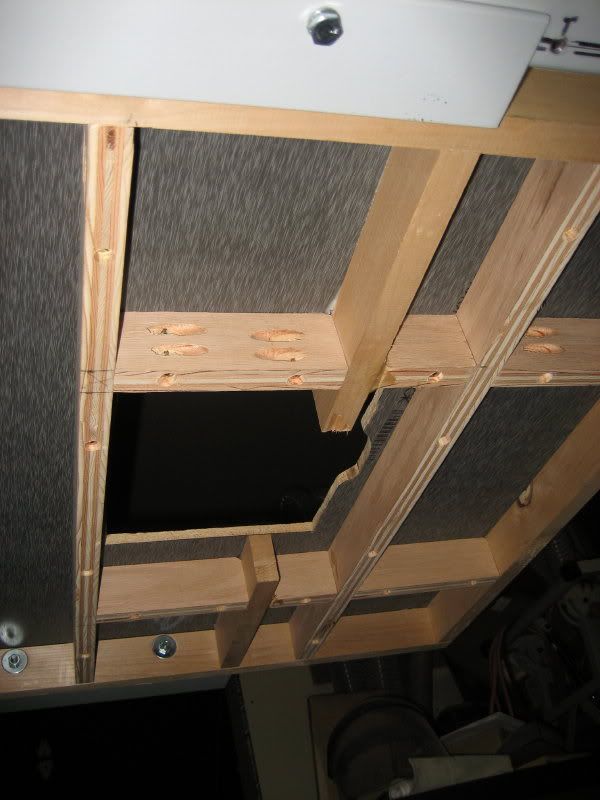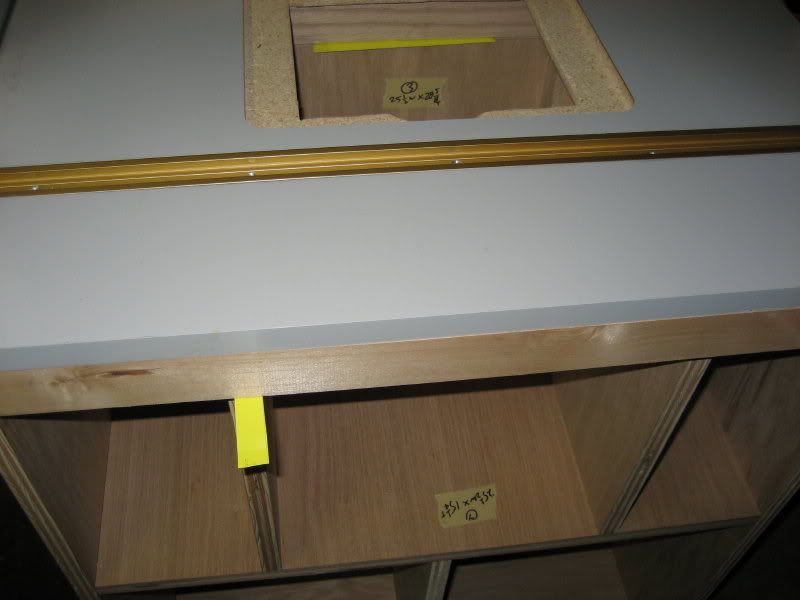I'm building a router table to attach to my 52" fence on my table saw. I've got a nice 3/4" 7 ply plywood that has a nice veneer applied and sealed; something I picked up at Rockler (it's made for jigs). I was originally going to just glue two of these together for the router table but I noticed there's a slight bend/cup in the board. Wanting the router table dead flat I'm considering a torsion box or using 1 1/2" aluminum angle iron. I'm leaning toward using the angle iron because a torsion box usually has thinner skins then the ply I have and just the time commitment. Thoughts?





 Reply With Quote
Reply With Quote






